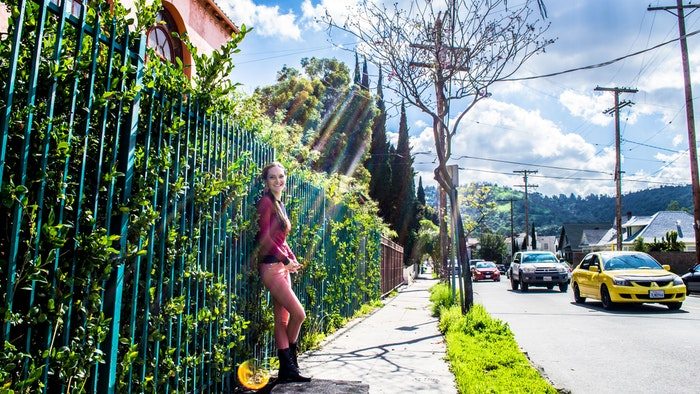
The urbanorganicgardener.com has put together a fantastic guide and infographic for those of you who want to grow an all year round urban garden.
The Joy of Growing Window Herbs Year-Round
Have you ever thought about growing your own indoor herbs? If you’re kitchen windowsill isn’t already crammed full of pots overflowing with leaves, then it should be!
The beauty of keeping a “windowsill herb garden” is that you can rely on a steady supply of leaves all through the year. When outdoor plants have died back or gone dormant over winter, your window herbs will keep happily ticking along.
The process of starting your own “kitchen herb garden” from seed is simple. The great thing is that many plants not normally found in garden centers are available to you. Scrumptious edibles like dark basil, chamomile, lovage and yarrow (to name a few) are all options. What about the magical, medieval plant mugwort? Or that favourite for making lozenges, horehound?
Old favourites like thyme and rosemary will also fare wonderfully indoors as long as they’re properly looked after. Energetic perennials like chives will continue to grow even when light levels dip in winter. So you can lightly harvest even through the darkest months.
All you need are some pots, a good potting mix and some plant feed. If you’re starting your seeds indoors, where there’s no risk of critters eating the young seedlings, you can sow directly into the pots.
Let several seeds germinate and keep the best after they’ve put on some growth, snipping off the others with a pair of scissors. During late spring, summer and early autumn, your plants will be grateful for a bi-monthly or monthly liquid feed. Use a balanced NPK fertilizer (nitrogen-phosphorous-potassium) and a micronutrient feed like liquid seaweed. Many of the problems with herbs are due to trace element deficiencies.
And that’s it! The infographic included below is a visual guide to the process. Remember not to overcomplicate things and don’t be afraid of killing the odd plant…they don’t mind too much.
Growing Tomatoes In The City
You don’t have to live in the country to grow tomatoes. Here’s some tips from Garden Club on how to grow some in city landscapes.
The Tomato
Tomatoes are one of the most beloved garden plants in the United States and with good reason. According to the USDA Farm Service Agency, Americans consume an average of 22 pounds of tomatoes every year! Growing tomatoes at home does not have to be limited to the suburbs, even if all you have is a small patio or balcony. If you have a sunny outdoor spot, you can grow tomatoes in containers almost anywhere.
For successful container-grown tomatoes, it is wise to begin with a plant that produces tomatoes on the small to medium side. While it is possible to grow beefsteak tomatoes in containers, you will have far better luck with a cherry like Super Sweet 100 or a medium-sized variety like Rutgers. That doesn’t mean it is impossible to grow large tomatoes in containers, it is just more of a challenge.
Varieties that have patio in the name have been specifically bred to perform well in containers, and some of them are quite good.
- Burpee Patio Princess Tomato Seed
- Bonnie Plants Organic Patio Tomato Assortment
- Ferry-Morse Heirloom Tomato Rutgers Seed
The Container
To ensure success growing tomatoes in containers, choosing the right container is as important as the tomato plant itself. As a general rule, you want your container to be as big as possible. Tomatoes need a deep, strong root system to thrive, and a large container will give your tomatoes plenty of room to grow.
Your container need not be expensive or ornate. Most tomato plants in containers will require some form of support as they mature. There are fans of both staking and caging and it is true that each have their own merits. Whichever form of support you choose, it is best to put it in place when you plant the tomato seedling in the container. This lessens the possibility that you might damage the root system later by pushing a stake or cage support into the dirt.
One advantage that staking may have over tomato cages for containers is that it is easier to drive a stake deeper into the container, and because the soil in a container is looser, a cage may not be as stable as it should be.
The Location
The most important thing to look for when choosing a location for your tomato plants in containers is sunlight. Tomatoes are sun-loving plants and they aren’t going to be happy with anything less than 6-8 hours of good sunlight every day. If you have a balcony or patio that only gets sun for part of the day, you should position your plants so that they get the most sun possible.
